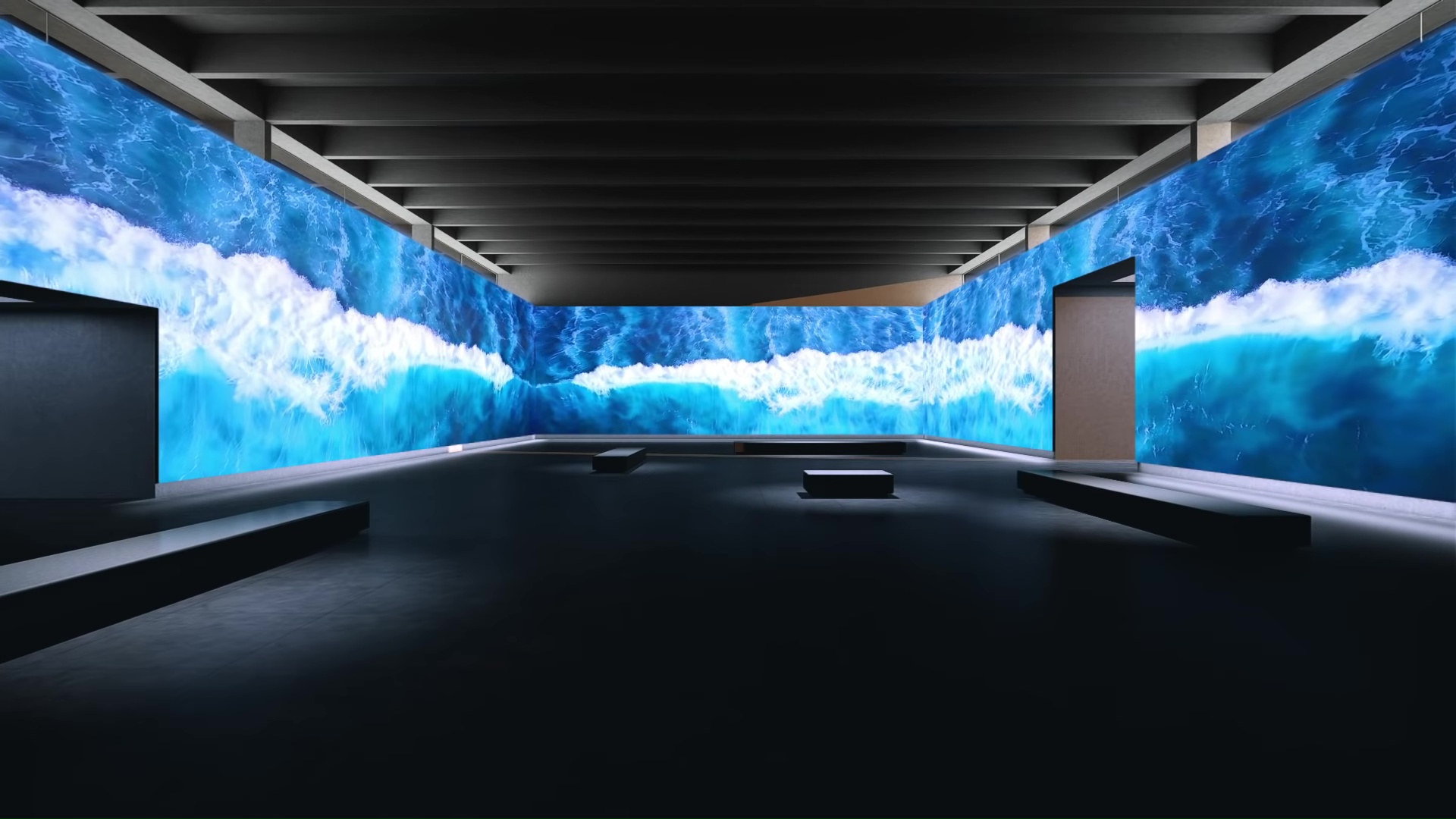Investigating the Durability of LED Display Panels in Comparison to Conventional Display Methods
LED wall screens have become increasingly favored in recent times, particularly in environments like educational institutions, businesses, and public areas. These panels use LED lights (LEDs) to create vivid and lively visuals. One of the most significant advantages of LED technology is its longevity in contrast to conventional display technologies, such as cathode tube monitors (CRTs) and liquid display screens. Grasping the distinctions in duration and performance between these technologies can help consumers make informed choices about their screen needs.
Traditional screen technologies, like CRTs, have been present for many years. They were frequently used in televisions and computer screens. However, CRTs have a shorter lifespan, generally lasting approximately 10,000 to 20,000 hours of operation. This means that after a couple years, consumers may observe a decline in picture clarity, such as dimming or color deformation. In comparison, LED wall screens can last considerably longer, frequently exceeding 50,000 hours. This prolonged duration means that users can enjoy consistent functionality without the requirement for frequent replacements.
Another crucial factor to consider is power efficiency. LED panel panels utilize less power than conventional displays, which not only benefits the ecosystem but also reduces electricity expenses. For instance, while a CRT monitor may use approximately 100 watts of power, an LED screen can use as little as 30 to 50 W. This difference in energy usage adds to the overall longevity of LED innovation, as reduced power usage generates less heat. Excess thermal energy can damage electrical parts, leading to a shorter duration for conventional displays.
In addition to their longer duration and power efficiency, LED wall screens also provide enhanced image quality. They offer more vivid hues and better contrast, making them ideal for multiple uses, from advertising to educational displays. The innovation behind LED screens allows for a wider viewing angle, meaning that images stay clear and vibrant even when viewed from the flank. This is a major benefit over traditional screens, which often suffer from color deformation and reduced luminosity at wider angles.
In summary, the durability of LED panel screens compared to conventional display technologies is a key aspect for buyers to take into account. With lifespans that can exceed 50,000 hours, power conservation, and superior visual clarity, LED technology provides many benefits. As technology continues to progress, LED panel screens are probably to turn even more prevalent in multiple settings. Grasping these differences can assist individuals This Site and organizations make improved decisions when investing in screen innovation, guaranteeing they receive the best value for their needs.